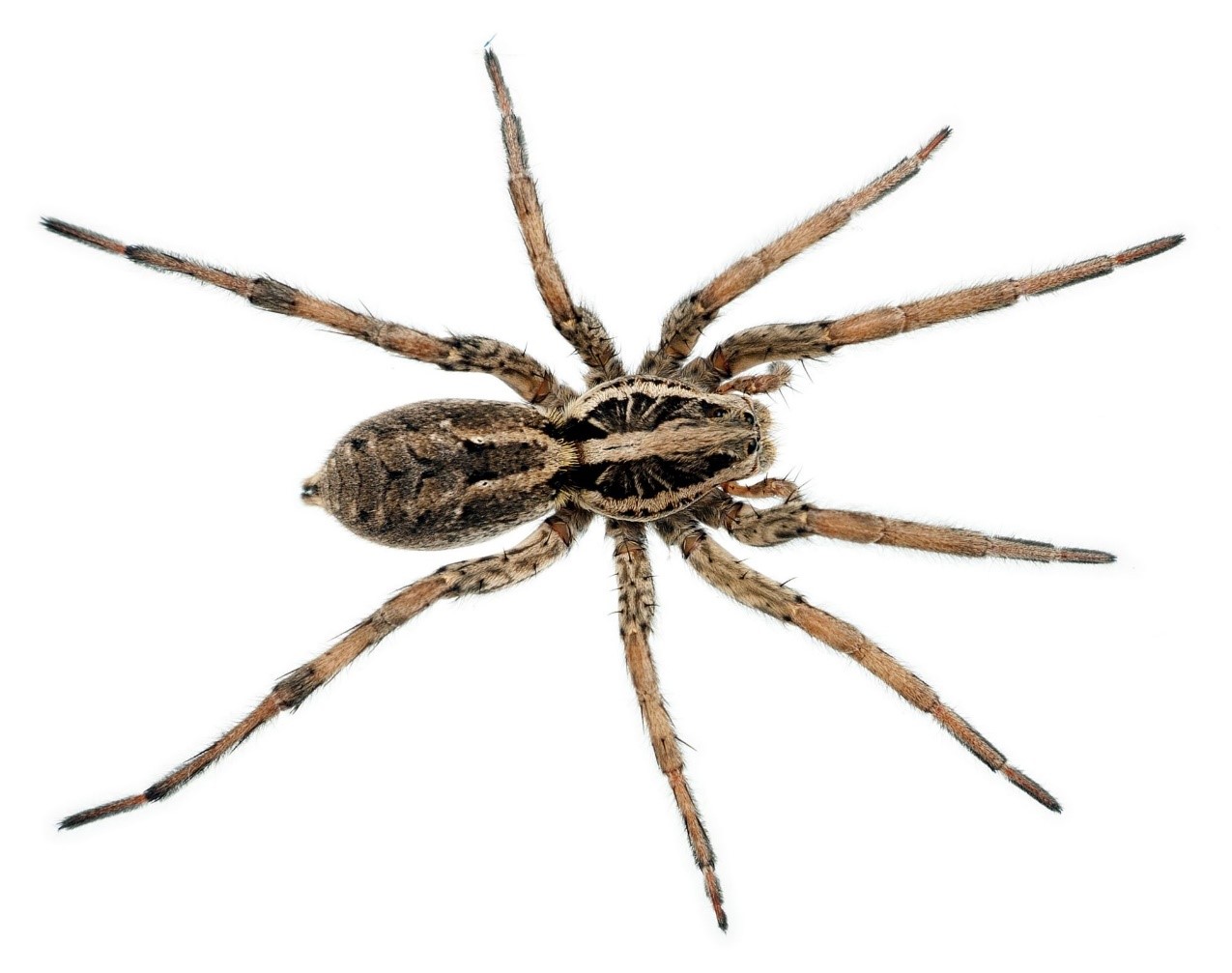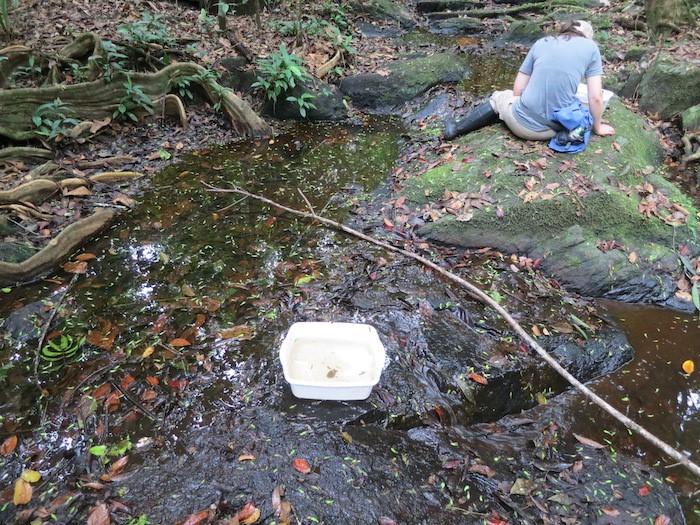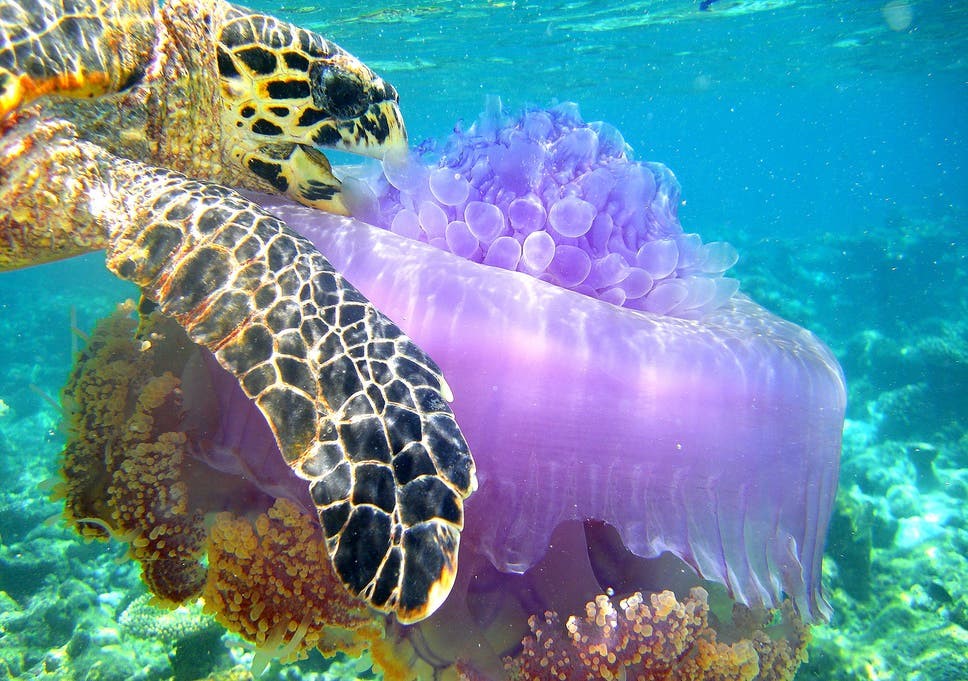This is the Week This Friday! 6 quick-and-smart briefs about happenings in the environmental space!
Itsy-Bitsy Spider

Source: Terro
We knew this was coming.
This is the Week This Friday! 6 quick-and-smart briefs about happenings in the environmental space!
Itsy-Bitsy Spider

Source: Terro
We knew this was coming.
For years, scientists told us that species distributions on our planet were going to shift. As climate change causes growing seasons to extend in some places and disappear in others, many species are forced to migrate north or to higher grounds to survive. Mosquitos for example, are now appearing at higher elevations with cases of Malaria now reported in the high mountain slopes of Columbia and Ethiopia.
This week, scientists discovered there is a new invertebrate on the move.
According to Science Daily, climate change is more evident in the Arctic than anywhere else on earth. With average temperatures rising significantly in the past few years, snow is melting earlier. And for the first time, wolf spiders are producing offspring during the summer season in the Arctic. As wolf spiders tend to live and reproduce in warmer latitudes such as Greenland, this phenomenon has never before been observed in the Arctic.
This is only going to get worse. Researchers discovered that the sooner the snow melts in the spring, the more offspring the wolf spiders will produce that year. Did anyone else just get goosebumps?
It’s not just wolf spiders feeling the climate crunch- numerous species are also moving their way farther up north and into higher elevations to escape warming temperatures. In the coming decades, entire food chains will be disrupted and re written- many species will be driven to extinction. Maybe then we will finally take climate change seriously.
18 new species of aquatic beetle – who knows what lies 14,000 ft deep
If you’ve ever taken a walk outdoors, chances are you’ve seen a beetle or two – but I bet you couldn’t tell the difference between them. To the human eye beetles are nothing more than an armoured shell with some legs, but to University of Kansas Undergraduate student Rachel Smith – these beetles were much more. Rachel Smith, majoring in in ecology and evolutionary biology, was conducting fieldwork in South America, Venezuela, Suriname and Guyana when she discovered 18 new species of aquatic beetle. The beetles belong to the genus Chasmogenus. One of the beetle species was even completely unknown to science. The rarity of this finding is insurmountable, much less for an Undergraduate student. Many of the aquatic beetle species are indistinguishable to the human eye, even under a microscope. Smith explained that the uniqueness of these beetles is hidden behind a seemingly ‘uniform external morphology’. Smith conducted over 100 dissections to get underneath the skin of the beetles so to speak. Ultimately genitalia and genetic variance were the distinguishing markers for these now scientifically categorized beetles.
Finding these insects took two years of dedicated, hard and dirty work. Smith described finding her way through several kilometres of trail-less rainforest before her and her team could settle down into a dead leave covered, mud filled pool of water in search of beetles. Smith’s intention with the future of her research is to continue to uncover hidden biodiversity in hopes of empowering conservation efforts. Her take -home message of her research is that “biodiversity is found even in the smallest puddles in South America”.

Photo Credit: Andrew Short
The wet wipes you’re throwing away may end up in your dinner
By now you’ve heard of the plastic revolution and the importance of banning single-use plastics. But have you heard of the harmful effects of microplastic fibres? Researchers from Earth and Ocean Sciences in collaboration with NUI Galway carried out a study which found that microplastic remains of sanitary products i.e. wet wipes and sanitary towels known as white microfibres are contributing to the ocean plastic crisis in Irish waters.
Dr. Liam Morrison led the study which showed that sediments adjacent to a wastewater treatment plant are consistently filled with white microplastic fibres that are comparable to commercially available wet wipes and sanitary products. The study involved testing an urban to rural gradient of locations: Galway City close to Mutton Island, Clare (Bell Harbour) and Mayo (Bellagraher). Mutton Island was found to have the highest concentration of microplastic fibres: 6083 per kilogram of sediment, while the two rural areas showed much lower levels. The number of white fibres at Mutton Island were 5536 per kilogram of sediment. The study found that a staggering 91% of microplastic fibres at Mutton Island are ‘likely derived from personal care textile products’.
You may be asking yourself, “how can fibres harmful?” Well, let me tell you. Microplastic fibres are created from the decomposition of materials such as polyester, nylon, cotton etc. Regarding sanitary products, they get flushed down the toilet and end up in the sewers where they decompose and turn into tiny fibres. So tiny that water treatment plants don’t catch them, and they end up in our rivers, lakes and oceans. Once there, they act as sponges, sucking up other pollutants around them such as motor oil, pesticides and industrial chemicals. They eventually end up in the bellies of fish and, through the food chain, in us. Resultantly, microplastic fibres can have serious consequences to public health and marine life.
Circling back, throughout COVID-19 the use of PPE and sanitation products has increased exponentially. We can’t control the necessary health precautions when it comes to single-use disposable products, however, as Dr. Morrison put it, we need to build sustainability and land-based waste management into our societal systems so that we can shape what the new normal begins to look like outside of this pandemic. Think before you flush.

Photo: ENN.com
Amazon delivers climate change initiative: set to ship in 2021
Amazon secured the naming rights to the former Key Arena where the new NHL Seattle expansion team will play for the 2021-22 season. You may be thinking to yourself: “I thought this was an environmental journal, what does the NHL have to do with the environment?”. The new arena will officially be known as the Climate Pledge Arena, an homage to the $2 billion initiative Amazon CEO Jeff Bezos announced last year which set the goal for Amazon to become net carbon neutral by 2040.
The arena is undergoing a $900 million renovation to retrofit it for its climate-focused name. Climate Pledge Arena will be the world’s first net zero carbon-certified arena. The venue will be powered with 100 percent renewable energy, having all electric operations and be fully powered by on-site solar panels. It generates zero waste from its operations and any events held. It will also use reclaimed rainwater to create the ice system. At least 75 percent of the arena’s food program will be locally sourced, and all viable unused food will be donated to local food programs. Tickets to games will double as public transit passes to promote the use of public transportation to and from games. Pretty impressive, right?
Is Amazon trying to offset its carbon footprint of excessive packaging and huge warehouses through a green-screen environmentally focused arena? Maybe. But this arena is a start, a display of support for the climate crisis. However, maybe Amazon should tackle their cardboard problem by looking toward some sustainable packaging initiatives. That would take operation Climate Pledge to new doorsteps.

Photo: Sportsnet
Why are we protecting factory farms?
Maple Leaf Foods are currently on the provincial lobbyist registration “in support” of Bill 156, also known as the Security from Trespass and Protecting Food Safety Act. The bill which was passed on June 17 enhances protections for farms and meat processing facilities from trespassers and undercover journalists. This imposes strict fines and even allows for the facility owners to arrest suspected trespassers themselves. The law has been called an ‘ag-gag’ law by critics as it bars anyone from entering slaughterhouses without consent of the owner, which cannot be given under false pretenses. Furthermore, similar legislation in the U.S has been struck down.

Source: Greenpeace
So, why is this problematic you may be asking yourself? Surely trespassing is bad. Well, despite it being labeled as an anti-trespassing piece of legislation, it really is interfering with free expression. For instance, a worker on a farm can no longer film animal cruelty witnessed as this would be ‘entering under false pretenses’. Furthermore, the very same Maple Leaf Foods have been accused of animal mistreatment in the past, which was only brought to light due to the undercover journalists who are now banned. For example, hidden camera footage in 2014 brought to light dead chicks coming from dishwashers at one of their hatcheries, and 2018 footage showed extremely dehydrated pigs climbing over one another in trucks. Disgusting. And this is the very same company who has successfully helped lobby this bill. I wonder what their ulterior motives were? Just to stop trespassing of course.
My favourite quote from all of this is by the VP of communications, Janet Riley, who said “The incidents you reference spurred us to work even harder to enhance our level of welfare and incident reporting in our farms and operations.” So basically, without these undercover videos being taken nothing would have changed, and now there is a bill which has made them illegal. Wonderful.
Zero Calorie Jellies

Turtle chomping down on a good old jellyfish.
Photographer Borish Barath was shortlisted for the Society of Biology’s Young Photographer
of the Year Award 2014 with ‘Meal Time’. Photo Source: The Independent
Jellyfish provide little nutrient content in terms of carbohydrates, proteins and fats. They mostly contain water- but zero calories sounds good to me. Despite sea creatures not watching their caloric intake, they are attracted to these gelatinous creatures- but why?
From a study in the North Kiel German Fjords which focused solely on moon jellies (Auelia Aurita), it showed that these jellyfish contained a valuable source of fatty acids which play a crucial role in promoting reproduction and growth according to Jamileh Javidpour, marine biologist and jellyfish expert at the University of Southern Denmark. The study by Javidpour and her research team showed that the content of these fatty acids varied seasonally and by development stages. The mature (those with reproductive tissues) jellyfish contained the highest content.
Since jellyfish have a low nutrient content and are usually found in large slow swimming groups, this allows more jellyfish to be consumed and for predators to expend less energy in the process. This results in increased quantity of food obtained when compared to consuming a sea creature with higher nutritional content. This means that jelly predators including the typical sea turtles, crustaceans, fish, sea anemones and yes, even corals, can gain necessary fatty acids if they eat jellyfish in large quantities.

Shanella Ramkissoon is a Masters in Environment and Sustainability candidate. Her background is in the field of Environmental Science and Environment and Resource Management. Her interests lie in environmental conservation, especially for marine species such as coral reefs, turtles and dolphins. In her free time, she enjoys landscape photography, baking and art and craft projects.
Alexandra completed her Masters degree in Environment and Sustainability at Western University. She also holds a Bachelor’s of Science from the University of Windsor with Honours in Environmental Studies, where she concentrated in Resource Management and was actively involved in undergraduate research. Outside of academia, she enjoys hiking, camping, and spending her summers on the beach in Prince Edward Island.

Alex has a background in Environmental Science holding an undergraduate degree in Environmental Studies, and a Masters of Environment and Sustainability (MES) from Western University. Alex was born and raised in Barbados, a small island in the Caribbean, and has spent the past seven years attending school in Canada, while returning to Barbados for the summer and Christmas periods. Alex is passionate about the environment as he has been able to witness firsthand the effects of climate change on marine and tropical environments, and hopes to spread awareness about these issues.













